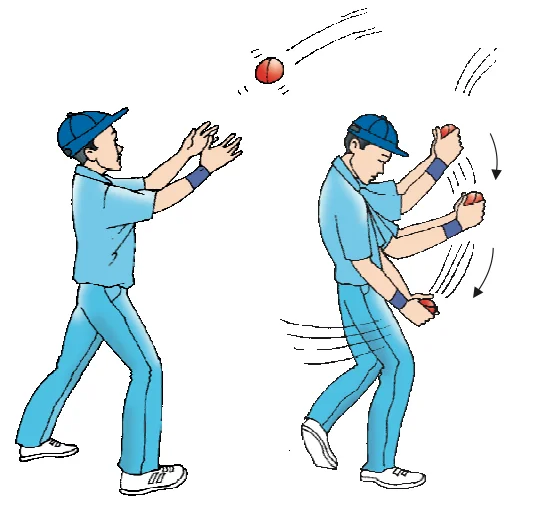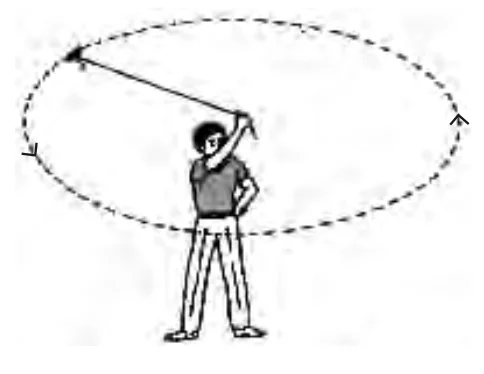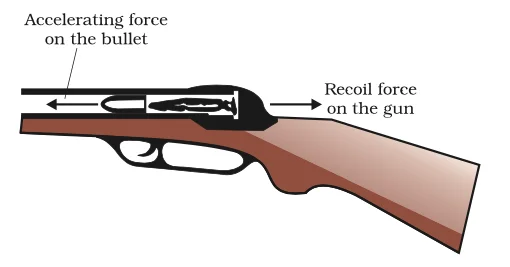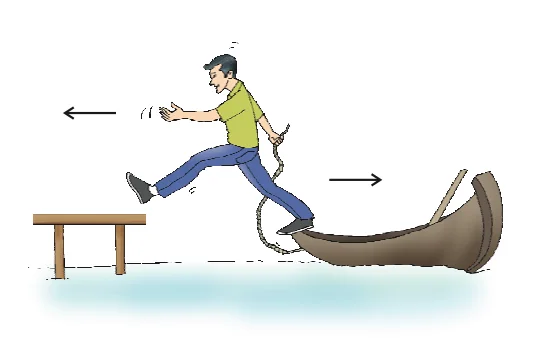![]() December 14, 2023
December 14, 2023
![]() 408
408
![]() 0
0
p = mv
The change in momentum (Δp) ∝ p2 – p1
Δp ∝ mv−mu
Δp ∝ m × (v − u)
(Δp / t) ∝ m × (v − u) / t
F ∝ m × (v − u) / t
F = km × (v − u) / t
F = kma
Here, k is the constant of proportionality





<div class="new-fform">
</div>

Latest Comments